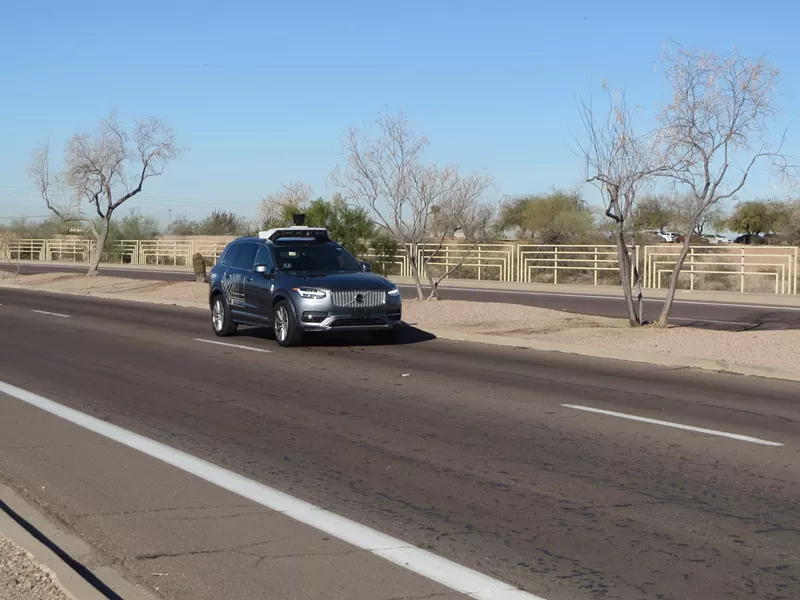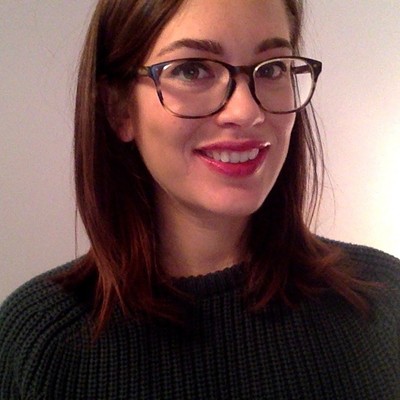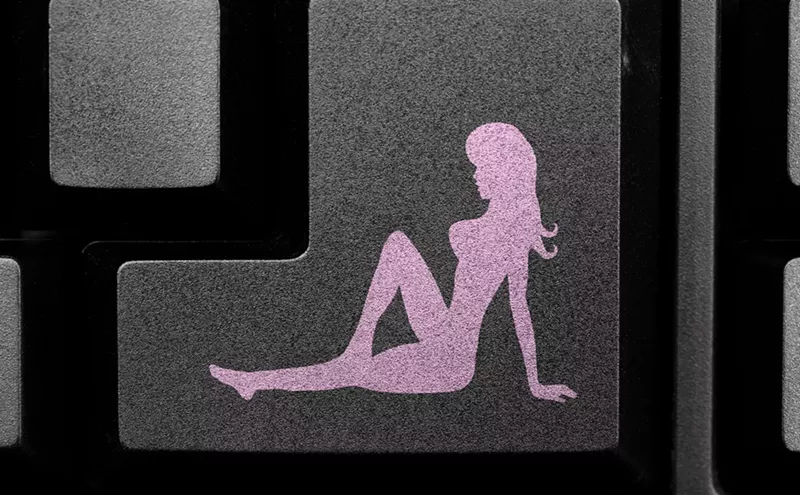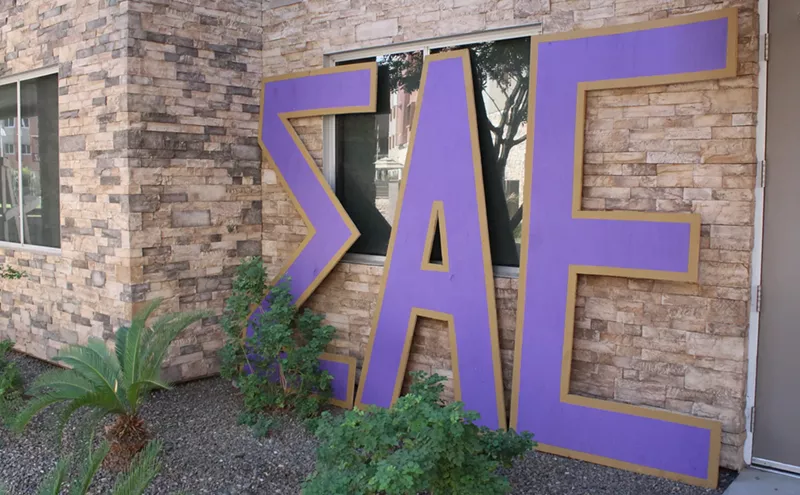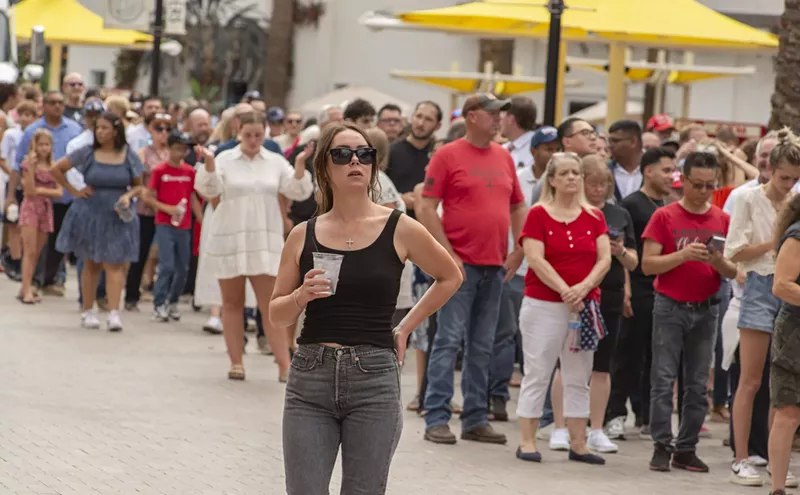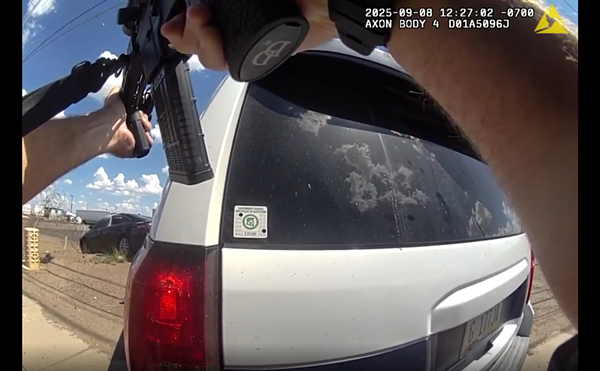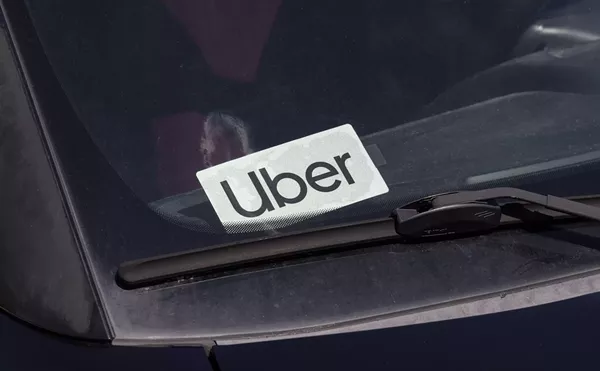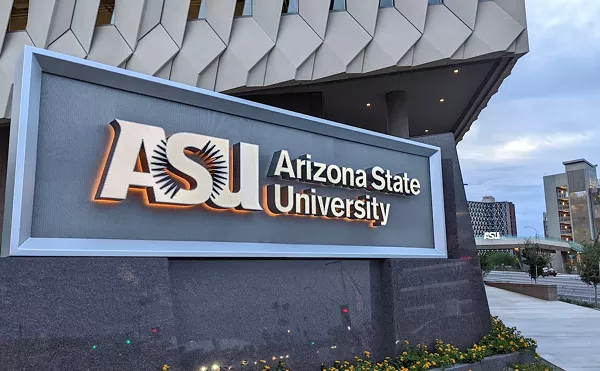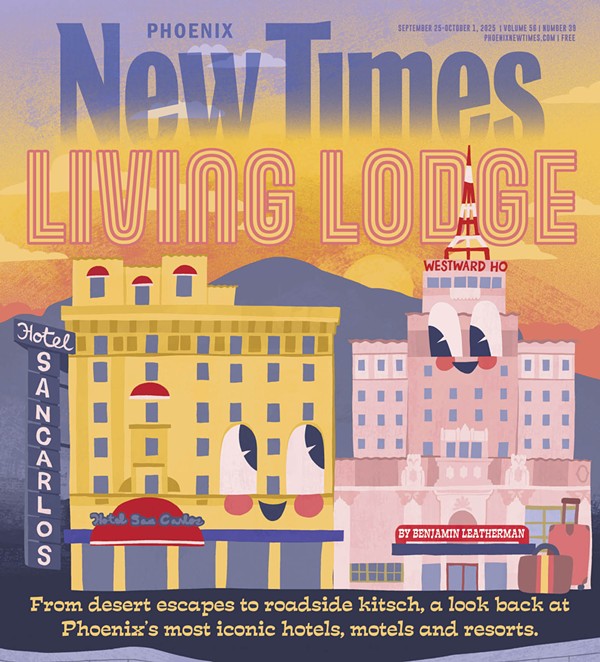It's not a simple question. No charges has been filed, and an investigation is ongoing. But critics are already blaming Uber for the fact that its self-driving car didn't brake in time to avoid hitting her on Sunday night. Others blame Governor Doug Ducey for allowing tech companies to test out autonomous vehicles with a minimum of regulatory oversight. Some point to the fact that the back-up driver took her eyes off the road right before the crash. And other blame Herzberg herself for crossing the street outside the crosswalk.
Somewhat overlooked in this discussion: metro Phoenix is the deadliest city in the country for pedestrians.
During the first six months of 2017, there were 1.61 deaths for every 100,000 people in the state — almost twice the national average — according to a recent report from the national Governor's Highway Safety Association.
Sunday night's fatal collision raise questions about the safety of autonomous vehicles, but it also highlights the reality that trying to navigate Arizona's suburban sprawl on foot can easily result in a trip to the hospital, or, worse, death.
Last year, 224 people in Arizona died after being hit by cars. The vast majority of those fatal crashes took place in metro Phoenix and Tucson, according to data from the National Highway Traffic Safety Administration. And in the first week of March alone, ten people in the metro Phoenix area were killed after cars slammed into them.
Some of those collisions can be explained by the fact that the driver was distracted (Arizona has yet to ban texting and driving) or drunk. Others are a result of metro Phoenix's street grid being designed for cars, not people, which is why Herzberg had to cross a wide road and multiple lanes of fast-moving traffic in order to get to the other side of the street.
Why didn't Herzberg simply walk a little further north and cross at the crosswalk? Eric Paul Dennis, a transportation analyst in Michigan, offered one theory in a helpfully illustrated Twitter thread:
Some people have noted that the pedestrian killed by the Uber test vehicle could have walked 100 yards and crossed at a controlled intersection. THIS is the intersection. pic.twitter.com/qiBdZ4RIZs
— (@EricPaulDennis) March 20, 2018
A super-weird aspect of this crash site is that it occurred at a place where a beautiful brick-paved diagonal walking path was provided across the median, along with a sign instructing people not to use it. This is beyond pedestrian-hostile design; it's damn-near entrapment. pic.twitter.com/ZaHw9bIIrR
— (@EricPaulDennis) March 20, 2018
Here's an aerial view (facing south). Every entrance to that brick pathway in the median has a sign instructing you not to use it. Per the signage, it is strictly ornamental. pic.twitter.com/jW1DUjiuxb
— (@EricPaulDennis) March 20, 2018
As Phoenix New Times' Ray Stern pointed out earlier this week, the spot where Herzberg was hit "can be a popular area for pedestrians, especially concertgoers, joggers, and lake visitors. Mid-street crossing is common there, and a walkway in the median between the two one-way roads across the two bridges probably encourages the practice."Here's zoomed out. I fully admit that if I were trying to get to that bus-stop from the top-left quadrant of this landscape, I would absolutely cross at that median and not that 7(?)-lane controlled intersection a 1/4-mile out of my way. I would try to avoid traffic, of course. pic.twitter.com/k0yOResNcz
— (@EricPaulDennis) March 20, 2018
Arizona's high pedestrian death rate is a problem that it shares with other Sun Belt cities, which were laid out during a period when planners were focused on getting cars from place to place as quickly as possible. Each year, different metro areas take turns claiming the dubious distinction of being the deadliest place for pedestrians, but they're usually always located in the Southeast and Southwest.
Other cities and states have taken steps to change this. In Florida, the fatality rate has decreased significantly since the state introduced a law mandating that streets be designed with pedestrians and bicyclists in mind. Arizona has yet to adopt — or even consider — such a policy.
Until a full investigation has been completed, we won't be able to say for sure who deserves the blame for Herzberg's death. But it is worth noting that hundreds of people in Arizona are dying each year while trying to cross the street, and that Sunday night's collision is hardly an isolated incident.
Have you had a near-death experience walking or biking in Metro Phoenix? Contact [email protected] if you'd like to share your story.

